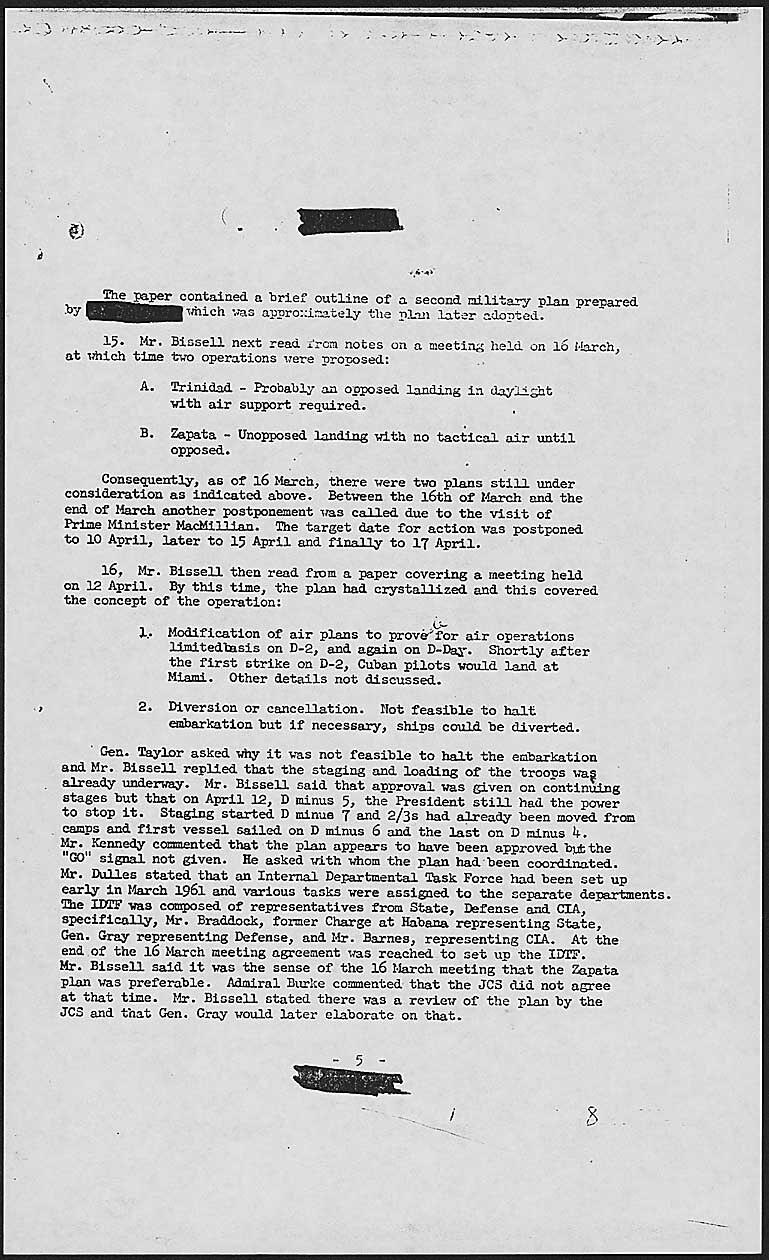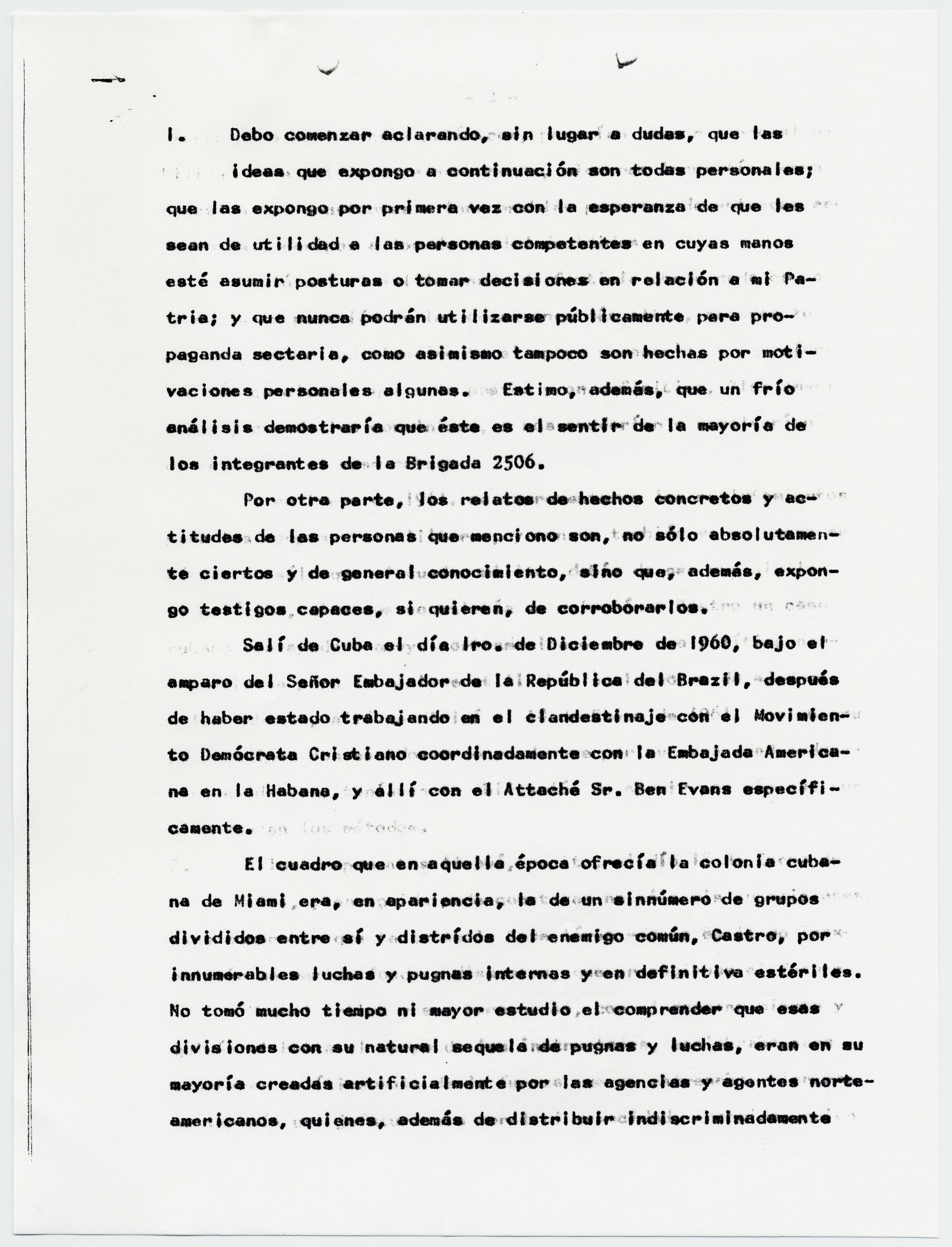Bay of Pigs Aftermath
The Bay of Pigs Invasion, which took place in April of 1961, was an attempt by the United States to remove Cuban leader, Fidel Castro, from power. The CIA hoped to train Cuban exiles to fight against Castro as he had seized power by overthrowing the legitimate government of Cuba. While this plan appeared sound to the Kennedy administration, it inevitably failed further cementing Castro’s position as the leader of Cuba. Not only did this provide Castro with legitimacy but also increased tensions between Cuba and the United States. This would prove to be a problem for the United States as Cuba was in a strategically advantageous location for the USSR if Cuba were to join them.
With the threat of communism on the United States’ doorstep, Cuba became pivotal in the Cold War since it could spell disaster if nuclear war were to break out. The failed coup by the United States only strengthened the likelihood that Cuba would ally with the USSR pushing the doomsday clock closer to midnight.
The Bay of Pigs invasion had lasting consequences for the United States and made the Kennedy administration take a stronger stance against the spread of communism. This in addition to the growing tension in Cuba paved the way for the Cuban Missile Crisis and a faceoff between the United States and USSR seemed inevitable.
As for the Cuban exiles who fought for Cuba’s independence, they were imprisoned under Castro’s regime and required US assistance to be released. After much negotiation with the US, Castro released the exiles in exchange for 53 million dollars worth of medical supplies and rations. In essence, the Bay of Pigs Invasion set the stage for the Cuban Missile Crisis and contributed heavily to the growing tension between the United States and USSR.

